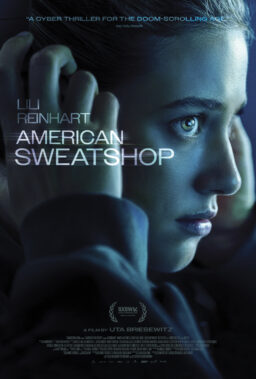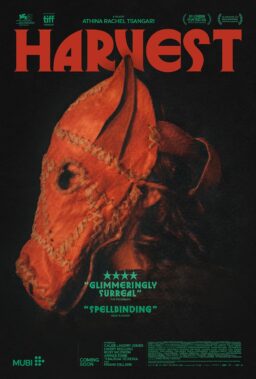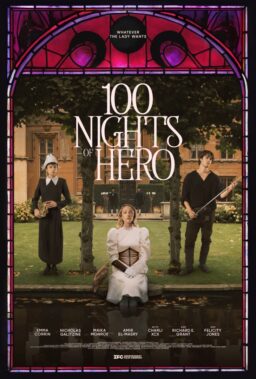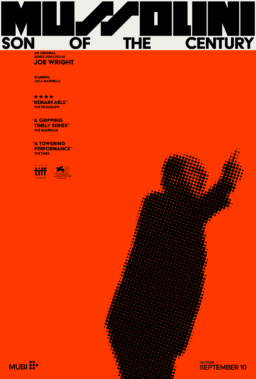NEWMARKET, ENGLAND – “I’d rather fight in a Spitfire but fly in a Hurricane,” said Ginger Lacey. He raised his glass of ale, quaffed the foam off the top and, in the same motion, wiped his mustache clear on the sleeve of his sport coat.
“That so? Why’s that, governor?” said the bartender, or something to that effect. The trouble with being an American is that you keep thinking British bartenders say “governor” when nine times out of ten they don’t. “Why?” said Lacey. “Because the Hurricane was made of nonessential parts, that’s why.” He chuckled. “I’ve had them all shot off at one time or another, and it flew just as well without them.” This was in the Red Lion Inn, an ancient pub near Cambridge and Newmarket. Lacey, a World War II ace with 28 kills to his credit, had been brought in as technical advisor on “The Battle of Britain.” Now the day’s filming was over at the RAF base in nearby Duxford and he was relaxing with a pint of beer.
Joining him was Douglas Bader, one of the superheroes of the war. In 1946, when I had more or less arrived at the comic book reading age, Douglas Bader was a name to stir the blood. I still remember his story. He had lost both legs in a 1938 flying accident but talked the RAF into letting him fly anyway. And he had been one of the leading aces of the Battle of Britain until finally shot down over France. His buddies had dropped an extra pair of artificial legs into the prison camp for him. And now, leaning against the bar, here were Lacey and Bader recalling old times.
“I’m having the devil’s time getting the actors to be authentic,” Lacey grumbled. “I can’t get them to cut their hair. In those days, we were all close cropped, and these chaps look like bloody Beatles. They all say they dasn’t cut their hair; they’ll ruin their image.” “Bloody awful,” Bader said, nodding seriously. He heroically restrained himself from noting that in Lacey’s case, at least, hair length had become an academic question.
Lacey was wearing a tie with some letters on it that looked like “V. C.” I stuck my neck out. “The British are always wearing ties that stand for something,” I said. “Is that for the Victoria Cross?”
Lacey pulled the tie up into view and looked at it. “Not even close,” he said. “That’s Y.C. – Yacht Club.” “I can’t fancy you belonging to a yacht club, Ginger,” said Bader.
“Why, I belong to one of the best there ever was,” Lacey said. “No yachts and no women, five bars and three snooker tables. Bloody fine.”
Both men chuckled.
“Well, it was quite a shock visiting Duxford air base today,” Bader said. “That was my base during the war. I went out there today and saw all those kraut airplanes, and I thought, what’s going on?”
“Well,” said Lacey, “if it hadn’t been for the Battle of Britain they might really have been there.” The German and British airplanes, some 60 or 70 altogether, had been assembled from sources all over the world for “The Battle of Britain.” The film is being produced by Harry Saltzman and directed by Guy Hamilton, both veterans of James Bond movies, and it presents comparable technical problems.
A war surplus B-25 has been outfitted with five cameras to shoot battle scenes in the air, and whole air bases and blocks of London have been commandeered to reproduce the actual events of the struggle for control of England’s skies.
“We’re trying to avoid the traditional cliches of the war film,” Hamilton had asserted on the previous afternoon at the Duxford RAF Base, where he was directing scenes involving Robert Shaw and Christopher Plummer. Both play British air aces.
“The first thing you think about in connection with RAF is all those films from the 1940s and 1950s,” he said. “The stiff upper lip tradition. There was one scene they never missed. Remember? All the young pilots drinking beer and playing darts. Suddenly ‘scramble’ is sounded. The hero dashes out into the night with his buddies, leaving an orderly all alone in the room. In a few seconds, the roar of Spitfires is heard overhead. The orderly lifts a half-empty pint of beer, looks up and toasts the airborne hero: ‘Here’s to you, sir!’ Fade out.”
Hamilton said war movies like that are no longer taken seriously. “What we want to do,” he said, “is show what it really was like. How it was to be involved in aerial combat. The kind of timing and sheer animal ability it took.”
Nearby, Robert Shaw was in conference with Lacey, Both were garbed in dashing leather flying jackets with sheepskin linings, The sky was overcast, but Hamilton confidently predicted sunshine by noon.
“They’ll have to wait for the sunshine,” Lacey said. “The whole Battle of Britain was fought in bright sunshine. That was the trouble. There were no clouds to hide behind.”
Shaw was asked what sort of character he would play. “A tough, simple squadron leader,” he said. “A chap who’s come up from the bottom. Tightlipped, modest, heroic. Like Lacey, here, but taller, and thinner, and fitter, and more handsome.”
He slapped Lacey on the back, and Lacey exploded in laughter. “Cor,” Lacey said. “I could do with a bit of that.”
Another visitor to the set that day was Group Captain Peter Townsend, also a Battle of Britain veteran. For a period in the 1950s his name was romantically linked with Princess Margaret’s, but ten years ago he married a Belgian girl and established a public relations firm in Paris. Now he was visiting the set to research the book he’s writing about the Battle of Britain.
Townsend was in conversation with Maurice Carter, art director for the film.
“We have a fellow,” Carter told him, “who says he’s willing to crash-land a Heinkel bomber in the English Channel.”
“How will he get out?” Townsend asked.
“He says that’s his problem,” Carter said.
“So it is,” said Townsend. “And not a small one, I’d say.”
“The thing is, it would cost 20,000 pounds,” Carter said. “That’s the chap’s price. Then we’d also have to buy the aircraft. Saltzman is a bit reluctant to come up with that money.”
“Mmmm,” said Townsend.
To be sure, Saltzman isn’t cutting many corners. The Messerscmidts used in the film have been rented from Spain, which still uses them in its air force. The British fighters came from the RAF museum and several private collectors.
Other planes are simply mock-ups designed to rest on the ground and swell the ranks of the operational airplanes. These are being manufactured in Pinewood Studios, where two giant flight simulators have also been constructed.
Christopher Plummer, who grew up in Canada, finds all of these preparations fascinating. “The Battle of Britain is simply the most romantic and heroic war episode England has experienced,” he said.
“I can remember listening in Canada, night after night, to Edward R. Murrow on the radio describing the progress of the battle. Now to meet these guys like Bader and Lacey and Townsend is really something.” Chances are, however, that the pilots portrayed by Plummer, Shaw and others will be less obviously heroic than the actual ones. The veterans like Lacey tend to be more in the stiff-upper-lip tradition of the old war movies Hamilton dislikes. At the Red Lion Inn that evening, Lacey recalled the time the king presented him with the Distinguished Flying Medal with Bar. “Things happened so fast, we couldn’t keep one day straight from the next,” he said. “I couldn’t even remember the kills that won me the medal. The king asked me what I’d got the medal for. I said I’d forgotten. Well then, he said, what about the bar? Well, I’d forgotten that too. He must have thought I’d come to pick up the medal for a pal of mine.”
The group chuckled, and someone asked Townsend how many times he’d been shot down.
“Oh, once or twice, I think,” he said.
Now that’s British reserve for you.











